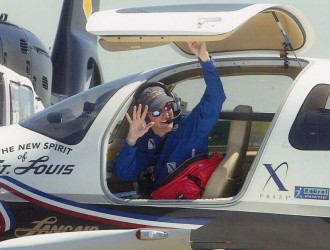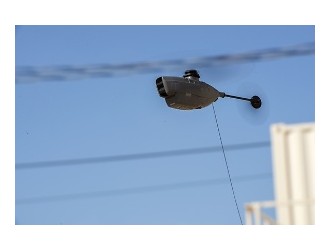Gama Hutchinson, a new private jet venture between Hutchinson Whampoa China (HWCL) and London-listed Gama Aviation, is adding business aircraft management to a CK Hutchison Holdings' aviation operation that already spans aircraft maintenance to leasing.

HWCL's managing director Simon To and Gama's chief executive Marwan Khalek said they were untroubled about entering the market at a time when austerity measures on the mainland have resulted in the slowest growth in its private jet fleet in years.
"Even if we didn't have the anti-corruption campaign and everything, it wouldn't have grown at the pace people were expecting, because the problem in the region is the infrastructure is lacking, de-regulated airspace is lacking," said Khalek, who founded the global air and ground services company in 1983.
Two client-owned Bombardier jets the joint venture will start operating from Hong Kong this month will bring Gama's managed fleet to 147 planes and introduce CKH Holdings to private aviation.
"The market slowdown is only temporary," To said. "We believe private aviation has great potential, and it comes together well with the group's other aviation investments: we are already involved in aircraft maintenance in Hong Kong, in Guangzhou, and there is the aircraft leasing business" - HWCL's Guangzhou Aircraft Maintenance Engineering and China Aircraft Services (CASL) in Hong Kong.
To said the venture would develop into a jet management and charter operator in the greater China region, and was looking to buy its own planes - a prerequisite for an air operator's certificate it is applying for.
Khalek said adding 50 aircraft to its managed fleet in four or five years was "perfectly realistic" given the number of people who would need private aviation to buy them time in the world's second-largest economy. But he cautioned that the market's short-term growth profile was less clear than its long-term one, and that infrastructure -- which is what private aviation fundamentally relies upon to be fast and convenient -- was a real constraining factor.
"For me it is not in question that the demand will be there ... I think the biggest unknown is at what pace that will happen," he said. "If the demand today here is unlimited, the industry wouldn't be able to meet it, because the infrastructure is dragging behind."
A lack of policy direction was reinforcing the lack of investment in ground operation facilities on the mainland, he said, while Hong Kong's future as a business aviation hub was also capped without a third runway and more space for business aviation.
Hong Kong Business Aviation Centre (HKBAC), currently the only handler for business jets at the airport, is notoriously overcrowded and expensive as the number of resident and visiting aircraft far exceeds its capacity.
"We've told the Airport Authority we hope to have another HKBAC," To said. "But they are busy resolving all the third runway issues and it is not really on their agenda.
"Before that happens, we'll just have to be competing against people here to get slots and space I guess ... but we have an advantage - CASL has its own hangar so we could park our planes there."





